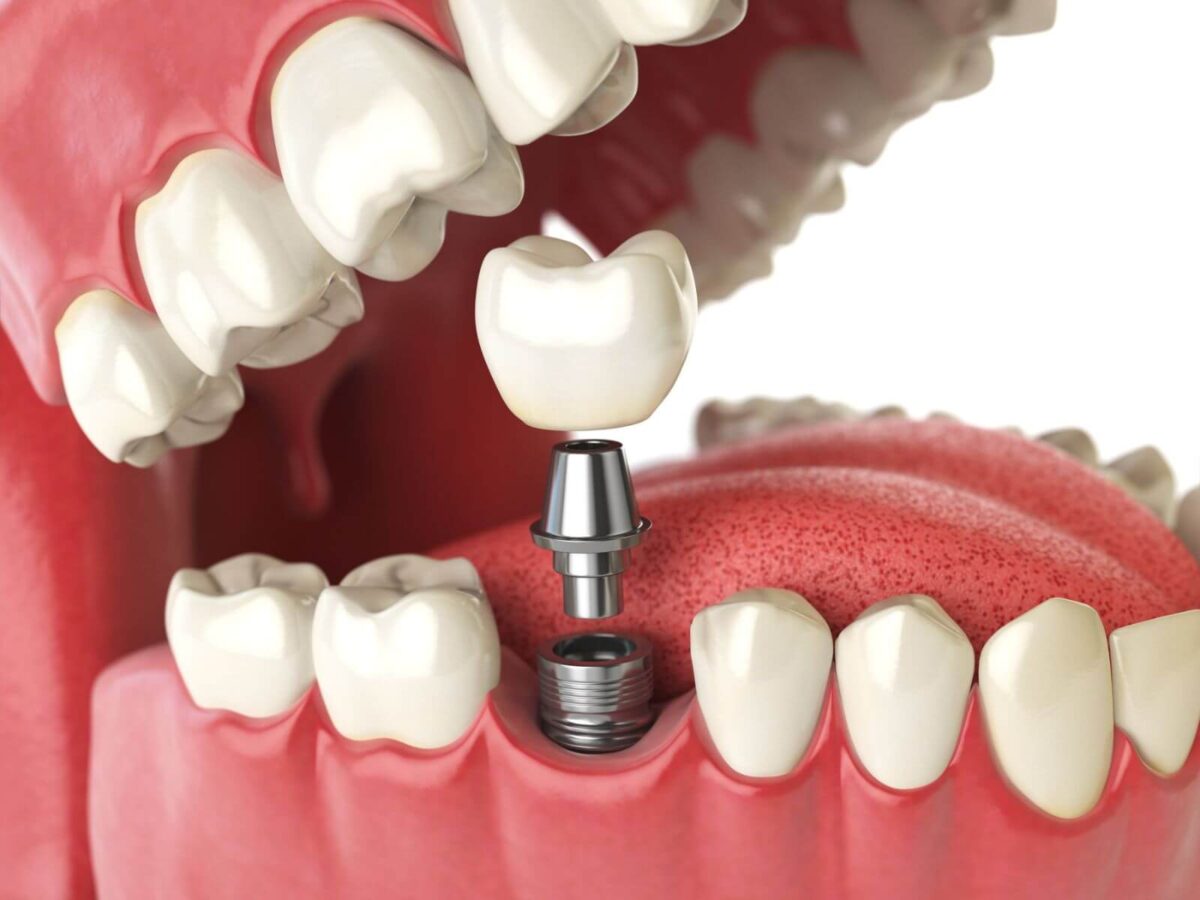Blog
Dental hygiene tips for healthy teeth & gums

How Do I Know If I Need Dental Implants?
Dental implants may restore dental function and look if you have lost teeth. How can you decide if dental implants are right for you? This article will explain the signs you may need dental implants. Also, Lytle Dental Office TX also suggests how they can improve oral health and quality of life.
What are Dental Implants
Dental implants are one of the most durable and effective tooth replacement options as they look, feel, and operate like real teeth. Titanium is used in making dental implants. They are used to replace jaw tooth roots surgically. They bond with bone after implantation to support bridges, crowns, and dentures.
Signs of Dental Implant Need by Lytle Dental Office TX
Here are the main signs suggested by Lytle Dental Office TX that you must need immediate dental implants –
1. Missing Teeth
Missing teeth are the most obvious sign of dental implant need. A dental implant can replace a tooth lost to injury, decay, or gum disease. Untreated, missing teeth can cause bone loss, swallowing problems, and tooth shifting. Dental implants are the best missing teeth solutions to bridge the gap and prevent further issues.
2. Uncomfortable Dentures
Dental implants may provide a more secure and comfortable alternative to uncomfortable dentures, causing sore spots, or continually slipping or shifting during speech or eating. Implant-supported teeth don’t need adhesives to stay in place on your jaw. This can make you feel better about yourself and let you easily taste, speak, and smile.
3. Difficulty In Chewing
Missing teeth or braces that don’t fit right can make it hard to chew and speak. Dental implants allow you to bite and chew like real teeth, restoring full function. No matter if someone has lost teeth and has problems eating hard foods or speaking, implants can improve their quality of life.
4. Lifelong Changes
No teeth? Bridges and dentures can help. But, because the jaws wear down over time, they might need to be changed every couple of years. Teeth implants endure. If maintained, they can last a lifetime, making them a wonderful permanent tooth replacement option.
5. Bone Loss
Without stimulation from the tooth root, the jaw breaks down when a tooth is lost. Bone loss can sag your cheeks, make new teeth difficult to position, and distort your appearance. Implants act as tooth roots to prevent jaw bone resorption. If you lose bone, bone transplants may be needed to stabilize your implant.
6. Improved Appearance
Dental implants might increase your confidence because you won’t lose any more teeth. People mistake dental implants for real teeth because they look so natural. Dental implants can restore your smile regardless of the number of teeth lost.
7. Overall Health
Dental implant candidates need healthy gums and bone density. Gum disease or substantial bone loss may necessitate treatment before implanting. Smokers and diabetics may have problems recuperating after implant surgery. Your dentist will evaluate your health to determine if implants are safe and suitable.
Dental Implant Procedure
The subsequent step is to consult with a dentist who specializes in implantology. Lytle Dental Office TX describes here what you can anticipate during the dental implant procedure.
1. Initial Consultation
Your dentist will examine your teeth, gums, and jaw at the first visit to determine whether you qualify for dental implants. It can involve checking the state of your jaw and ensuring sufficient bone to sustain the implant using X-rays or 3D images.
2. Plan Therapy
After that, you and your dentist will work together to develop a strategy for optimal dental care. This plan will detail everything from the total number of implants needed to the specific type of restoration (denture, bridge, or crown) and any additional procedures, such as bone grafting, that may be necessary.
3. Implant Surgery
Following the next step, tooth implants are put in place. Through surgery, your dentist will put the titanium post into your jawbone during the process. This is usually done with local anesthesia, but people who are afraid of the dentist can get sleep instead. Now that the implant is in place, the healing process can begin.
4. Osseointegration
The implant will need to go through osseointegration, a process that lets it bond with the bone around it. It’s what your new tooth will be attached to. You may receive a temporary repair to protect the implant site.
5. Permanent Restoration
After the implant fuses with the bone, your dentist will place a crown or bridge. The procedure is concluded with this final step, which restores the appearance and functionality of your teeth.
Wrapping Up: Are Dental Implants Right for You
Dental implants are a great option for those who are missing teeth, have trouble chewing or speaking, or who just do not like using prosthetics. They restore oral function, replace missing teeth with natural-looking ones, and stop the jawbone from decaying.
Your dentist or another doctor at Lytle Dental Office TX would appreciate your feedback on the issue. Upon evaluating your teeth and gums, they may recommend dental implants to enhance your health and self-esteem.


